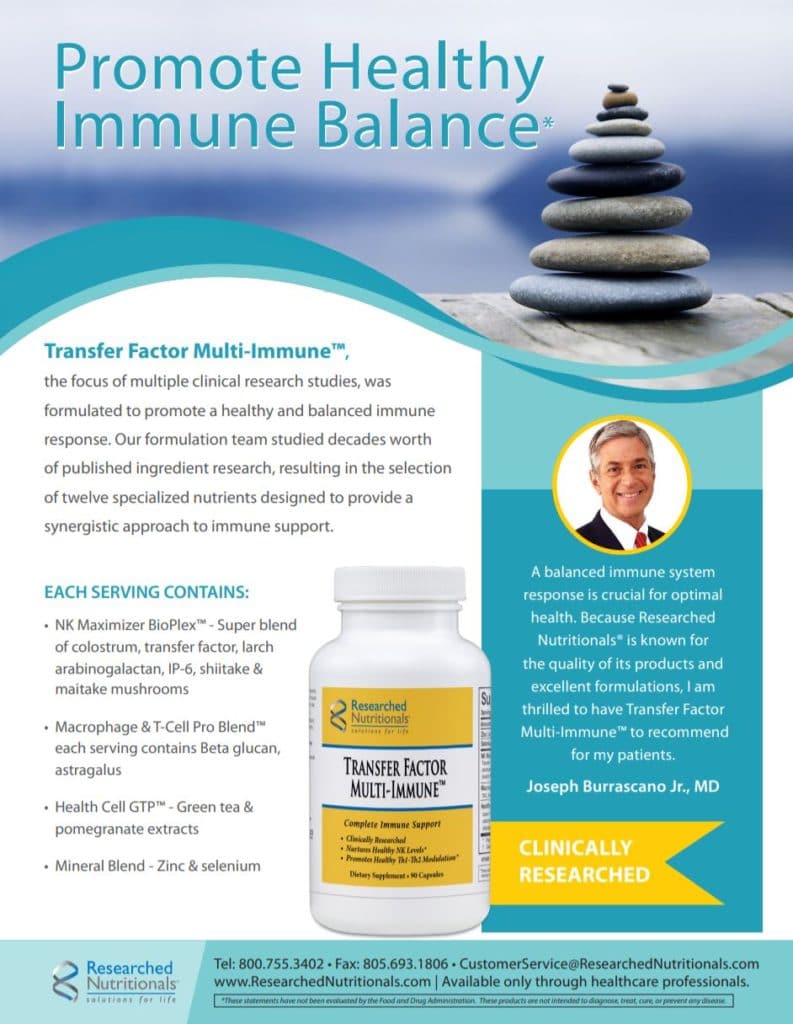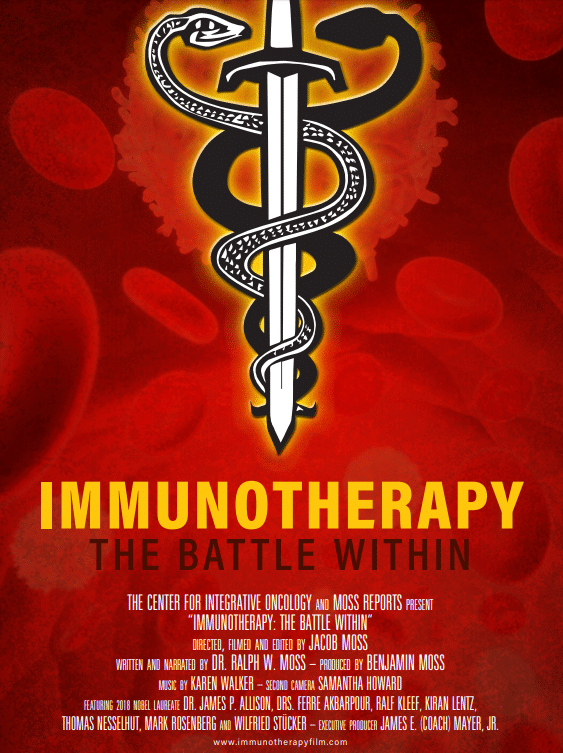Article continued…
Comments: While this trial was not randomized due to recruitment challenges, it was a controlled trial and the groups were very similar at baseline. The researchers in this study selected I3C and EGCG to try to target cancer stem cells. I3C and EGCG were proven safe to combine with carboplatin-Taxol chemotherapy, and they improved treatment outcomes. This study is the first of its kind to suggest more broadly that I3C (400 mg) and EGCG (400 mg) are safe to combine with carboplatin-Taxol.
Prostate Cancer. In a systematic review of four RCTs, use of green tea catechins by patients with high grade prostate intraepithelial neoplasia or atypical small acinar proliferation prevented development of prostate cancer.12
In a systematic review of fish oil for prostate cancer, fish oil did not impact PSA; however in cohort studies, there was an association between higher intake of fish and decreased risk of prostate cancer–related death.13
In an RCT, wood mallow and marshmallow flower powder infusion prevented anal discomfort and diarrhea caused by prostate radiation.14
Pediatric Cancers. (Note that KNOWoncology.org has a search function to select all pediatric studies regardless of tumor type.) A systematic review of integrative clinical trials for supportive care in pediatric oncology from the International Society of Pediatric Oncology, traditional and complementary medicine collaborative, included 44 RCTs.15
KNOW contains two additional RCTs published after this systematic review. In an RCT, children with acute lymphoblastic leukemia (ALL), who received 420 mg silymarin daily for a week following each doxorubicin dose, had improved cardiac tests compared to placebo.16 In an RCT, children with ALL were given 30 g/day soy or cowpea nut powder for 12 weeks. The soy powder significantly improved physical activity level, body weight, body mass index, number of red blood cells, hemoglobin/hematocrit levels, and fatigue.17
Systematic Reviews on Cancer Treatment Side Effects
In a systematic review of herbs for mental health in cancer survivors, 100 RCTs of 38 botanicals were included (St John’s wort was excluded due to concerns about drug interactions). Herbs with minimal risk of series side effects with demonstrated effectiveness for anxiety and depression are black cohosh, chamomile, lavender essential oil internally, passionflower, saffron and chasteberry. The herbs with two or more RCTs were saffron, kava kava, gingko, lavender essential oil internally, bacopa, and passionflower.18
In a systematic review on natural agents for mucositis, 26 RCTs were included. Effective agents included aloe vera juice, Calendula officinalis, chamomile, yarrow, low level laser, olive oil, placental extract, propolis, royal jelly, indigowood root, and Glycyrrhiza glabra. Natural therapy was reported to have better patient compliance with fewer side effects. Manuka honey was not tolerated by patients due to nausea and vomiting. 19
In a systematic review of herbal treatment for xerostoma, 25 RCTs were included. A total of 24 formulas were included in the trials, but most were insufficiently reported in the methodology section. Five traditional Chinese formulas were shown to significantly improve the salivary flow rate compared to comparators (Shennongbaijie decoction, Xuanmaizengyehuadu decoction, Yunnanbaiyao capsule with Niancianchuanqipipa gel, Jiaweizengye decoction, and Sanganhuayin decoction).20
To continue learning, sign up as an allied member at https://oncanp.org/join-now. Get in the know with KNOWoncology.org!!
References
1. Quality Appraisal Comparing KNOWoncology to PubMed Searches. SIO Conference 2020. OncANP Conference 2020 Poster Presentations
2. https://www.ncbi.nlm.nih.gov/pubmed/30912414
3. https://www.ncbi.nlm.nih.gov/pmc/articles/PMC2779856
4. https://www.ncbi.nlm.nih.gov/pmc/articles/PMC3459710
5. https://www.ncbi.nlm.nih.gov/pubmed/27340931
6. https://www.ncbi.nlm.nih.gov/pubmed/30415752
7. https://www.ncbi.nlm.nih.gov/pubmed/29915949
8. https://www.ncbi.nlm.nih.gov/pmc/articles/PMC6602900/
9. https://www.ncbi.nlm.nih.gov/pubmed/30278428
10. http://www.scielo.br/scielo.php?script=sci_arttext&pid=S0100-69912017000600567&lng=en&nrm=iso&tlng=en
11. https://www.ncbi.nlm.nih.gov/pmc/articles/PMC6148762/
12. https://pagepressjournals.org/index.php/aiua/article/view/aiua.2019.3.153
13. https://www.ncbi.nlm.nih.gov/pmc/articles/PMC5736071/
14. https://www.sciencedirect.com/science/article/pii/S221080331830006X
15. https://www.ncbi.nlm.nih.gov/pubmed/29026997
16. https://www.ncbi.nlm.nih.gov/pubmed/30073931
17. https://www.ncbi.nlm.nih.gov/pubmed/30198779
18. https://www.ncbi.nlm.nih.gov/pmc/articles/PMC5938102/_
19. https://www.ncbi.nlm.nih.gov/pmc/articles/PMC6107930/
20. https://www.ncbi.nlm.nih.gov/pmc/articles/PMC6041902/







